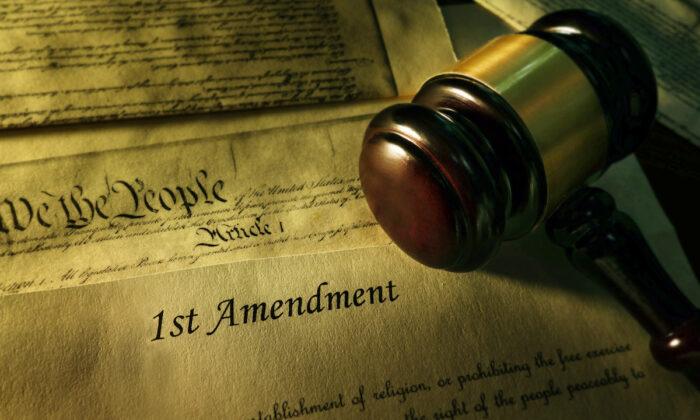“Why should amendments make any difference, since they’re not following the Constitution now?”
The question became common as a talking point promoted by a conspiratorial group. But I like it because it offers a teaching opportunity.
The short answer is that uniform experience tells us that amendments work very well. They have proved more durable than much of the original Constitution.
Why Amend?
The Founders identified four reasons for amendments. First, they enable the American people to remedy government dysfunction and abuse. Second, amendments can correct drafting deficiencies in the original Constitution. Third, through amendments, we can respond to new developments. Finally, amendments can resolve differences in interpretation—by, for example, reversing Supreme Court decisions.The Bill of Rights
What would America be like without the Bill of Rights? The first eight amendments in the 10-amendment Bill (ratified in 1791) were designed to protect freedom by preventing government abuse, and they have enjoyed great success.After 230 years, seven of the first eight amendments remain in full effect. In fact, they are even stronger than originally intended, largely because the courts apply most of them against state governments as well as against the federal government.
The last two amendments in the Bill of Rights—the Ninth and 10th—are what lawyers call “rules of construction.” That is, they tell us to interpret the Constitution in ways that protect federalism.
The 11th and 12th Amendments
The 11th Amendment (1795) overturned a Supreme Court decision that effectively changed the Constitution through “interpretation.” The amendment restored the document’s original meaning. The 11th Amendment is still in full force.We could learn something from how the founding generation used the amendment process to slap down a bad Supreme Court decision.
The Post-Civil War Amendments
The 13th Amendment (1866) ended the abuse of slavery in states not reached by President Abraham Lincoln’s Emancipation Proclamation. If you think amendments don’t matter, try setting up a slave market in any state and see what happens.The Progressive-Era Amendments
Some people dislike the 16th Amendment (1913) because they think it authorized Congress to impose an income tax. Actually, Congress had full authority to impose an income tax prior to the 16th Amendment (pdf), and it did so on several occasions. The 16th Amendment simplified income tax statutes by dropping the previous requirement that they be structured so that each state’s contribution was proportional to its population.Whether you like the 16th Amendment or not, there’s no doubt it’s in full effect.
Some conservatives decry this amendment because they believe it led to the current federal monster state. The evidence on this point is mixed, and I’ll examine it in a later column.
Whether you like the 17th Amendment or not, you have to admit that it continues in full force today.
The 18th Amendment (1919)—Prohibition—is no longer around because the 21st (1933) duly repealed it. Like nearly every other amendment, the 21st retains its original power.
Women are no longer disenfranchised in any state because the 19th Amendment (1920) assured them the right to vote. If you think amendments don’t make any difference, try to convince your state lawmakers to bar women from the polls—and see what happens.
Post-World War II Amendments
There are six post-World War II amendments, and all continue to work as intended.The 22nd Amendment (1951) limited the president to two terms. It’s the sole reason that self-aggrandizing presidents no longer run for third terms. This enduring reform has inspired proposals for extending term limits to Congress and to federal judges.
The 24th Amendment (1964) responded to state abuse of the tax system to suppress minority voting. It did the job.
Summary
The claim that “amendments won’t work” has no factual basis. On the contrary, almost every amendment ever adopted continues to affect our political and legal system.Patrick Henry once said, “I have but one lamp by which my feet are guided; and that is the lamp of experience. I know of no way of judging of the future but by the past.”
On this subject, the lamp of experience sheds light unmistakably bright and clear: Constitutional amendments work.





